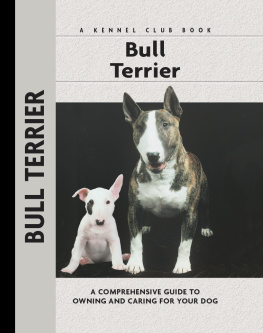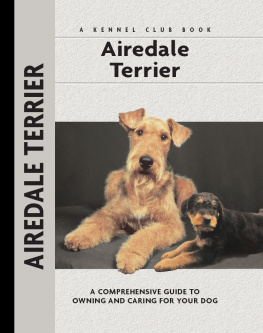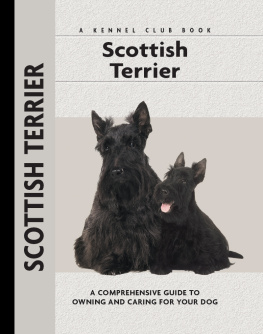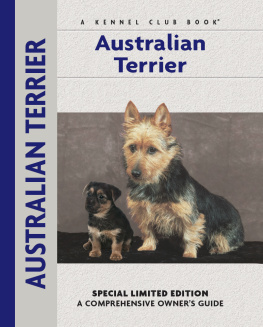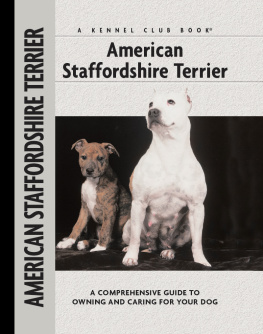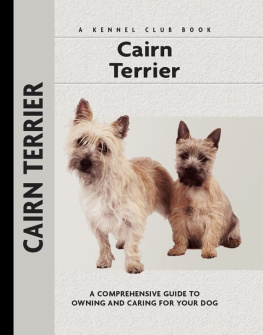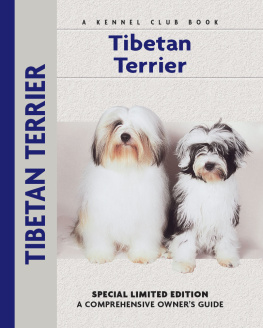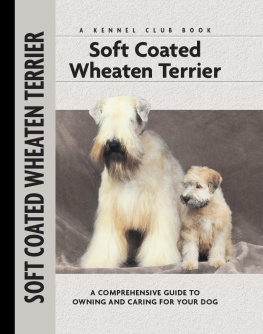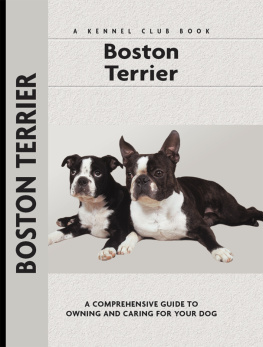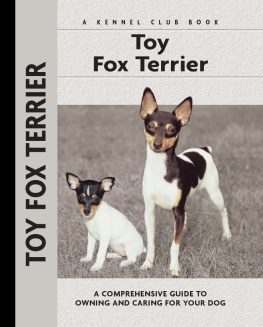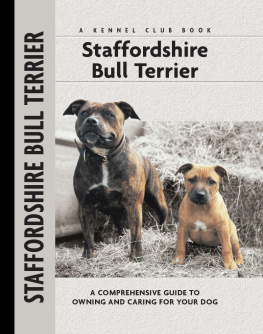Physical Characteristics of the Yorkshire Terrier
(from the American Kennel Club breed standard)
Ears: Small, V-shaped, carried erect and set not too far apart.
Head: Small and rather flat on top, the skull not too prominent or round.
Eyes: Medium in size and not too prominent; dark in color and sparkling with a sharp, intelligent expression. Eye rims are dark.
Nose: Black.
Muzzle: Not too long, with the bite neither undershot nor overshot and teeth sound. Either scissors bite or level bite is acceptable.
Forelegs: Straight, elbows neither in nor out. Dewclaws on the forelegs may be removed.

Body: Well proportioned and very compact. The back is rather short, the back line level, with height at shoulder the same as at the rump.
Colors: Blue: Is a dark steel-blue, not a silver-blue and not mingled with fawn, bronzy or black hairs. Tan: All tan hair is darker at the roots than in the middle, shading to still lighter tan at the tips.
Tail: Docked to a medium length and carried slightly higher than the level of the back.
Coat: Quality, texture and quantity of coat are of prime importance. Hair is glossy, fine and silky in texture. Coat on the body is moderately long and perfectly straight (not wavy).
Hind legs: Straight when viewed from behind, but stifles are moderately bent when viewed from the sides. Feet are round with black toenails. Dewclaws, if any, are generally removed from the hind legs.

Contents
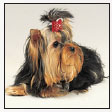
Meet the pioneers who engineered the remarkable blue and tan Yorkshire Terrier, hailing from the 19th-century textile region of England. Learn about the breeds creation, the foundation breeders and dogs and the Yorkies coming of age in the United States and beyond.
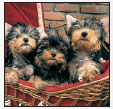
Discover the joy of owning the Yorkie, and find out if you are made for this delectable toy wonder. Learn about the breeds affectionate temperament, innate intelligence and strong bonding ability. A short section on hereditary concerns alerts new owners to potential health problems.
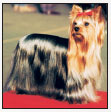
Learn the requirements of a well-bred Yorkshire Terrier by studying the description of the breed as set forth in the American Kennel Clubs breed standard. Both show dogs and pets must possess key characteristics as outlined in the breed standard.
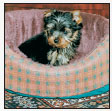
Be advised about choosing a reputable breeder and selecting a healthy, typical puppy. Understand the responsibilities of ownership, including home preparation, acclimatization, the vet and prevention of common puppy problems.
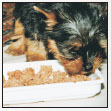
Enter into a sensible discussion of dietary and feeding considerations, exercise, grooming, traveling and identification of your dog. This chapter discusses Yorkshire Terrier care for all stages of development.

By Charlotte Schwartz
Be informed about the importance of training your Yorkshire Terrier from the basics of house-training and understanding the development of a young dog to executing obedience commands (sit, stay, down, etc.).
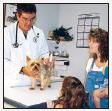
Discover how to select a qualified vet and care for your dog at all stages of life. Topics include vaccinations, skin problems, dealing with external and internal parasites and common medical and behavioral conditions.
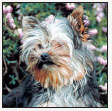
Consider the care of your senior Yorkshire Terrier, including the proper diet for a senior. Recognize the signs of an aging dog, both behavioral and medical; implement a special-care program with your vet and become comfortable with making the final decisions and arrangements for your senior Yorkshire Terrier.
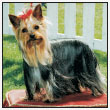
Experience the dog show world in the conformation ring and beyond. Learn about the American Kennel Club, the different types of shows and the making up of a champion.
KENNEL CLUB BOOKS YORKSHIRE TERRIER
ISBN: 978-1-59378-207-8
Copyright 2003 Kennel Club Books An Imprint of I-5 Press A Division of I-5 Publishing, LLC
3 Burroughs, Irvine, CA 92618 USA
Cover Design Patented: US 6,435,559 B2 Printed in South Korea
All rights reserved. No part of this book may be reproduced in any form, by photostat, scanner, microfilm, xerography or any other means, or incorporated into any information retrieval system, electronic or mechanical, without the written permission of the copyright owner.
Photos by: Norvia Behling, Liza Clancy, Doskocil, Isabelle Franais, Carol Ann Johnson, Bill Jonas, Mikki Pet Products, and Alice Pantfoeder.
Illustrations by Rene Low.

Underneath his delicate beauty and flowing blue-and-tan tresses, the Yorkie possesses true terrier pluck and personality.

While the Industrial Revolution led most of the world toward pursuing the bigger and better, some brilliant engineers sought smaller and better. The Yorkshire Terrier is a remarkable man-made creation of the mid-19th century, at a time when British dog enthusiasts were crossing many types of terriers in order to develop dogs handsomely suited for their needs. In the counties of Yorkshire and Lancashire, the breed we now know as the Yorkshire Terrier emerged in its most recognizable form. The first shows for toy terriers in Great Britain began in 1860, and Yorkshires from these two textile counties were counted among the first ribbon holders.

The Yorkshire Terrier is a unique British creation and is counted among the worlds most popular dogs.





